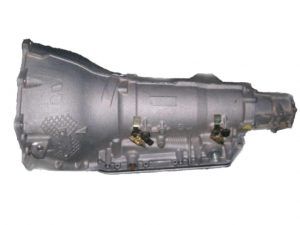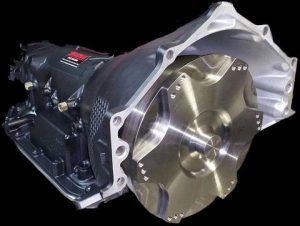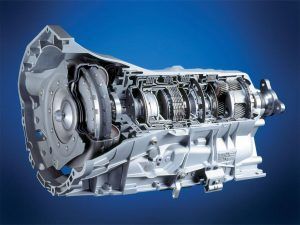What Happens to the Transmission System in Cold Weather
The Transmission System and Cold Weather

Cold weather can wreak havoc on a vehicle’s transmission system, such as transmission slipping. In these cold weather conditions, the transmission system freezes and contracts and the line fluid begins to leak from the seals, resulting in a low line pressure. If the vehicle faces low line pressure or inadequate fuel supply within the system, the transmission gears refuse to function correctly, causing the transmission to slip. To maintain a stable transmission system in a vehicle, the pressure levels and the fluid levels have to regulate decently, without getting too cold.
Here are some pointers on other problems with the transmission system in cold weather:
- Certain vehicles rev up and stay revved up for a long period before the vehicle is moved from its place. If the car hasn’t been warmed up for a adequate amount of time, it can take a while to start.
- The vehicle does not shift gears quickly because they are stuck due to cold temperatures outside. After the vehicle is warmed up correctly, usually after a few miles, the gears will begin to function normally.
- The battery of the vehicle is one of the main components. If the battery happens to dry out, freeze, or turn weak in cold weather, your vehicle will have issues. All you can do here is either clean the terminals or jump-start your vehicle using a new battery.
- When the engine of your vehicle will not start, the problem could be the thickening of the motor oil. if the motor oil is viscous enough to flow through the engine, the motor doesn’t have a my medium to get powered up.
- In the case of the fuel tanks, if they aren’t completely filled, the fuel lines leading to the fuel tank tend to get cold and can eventually freeze. The only solution is to completely fill the fuel tanks and keep the air filters clean.
The post What Happens to the Transmission System in Cold Weather appeared first on
Eagle Transmission North Austin.







